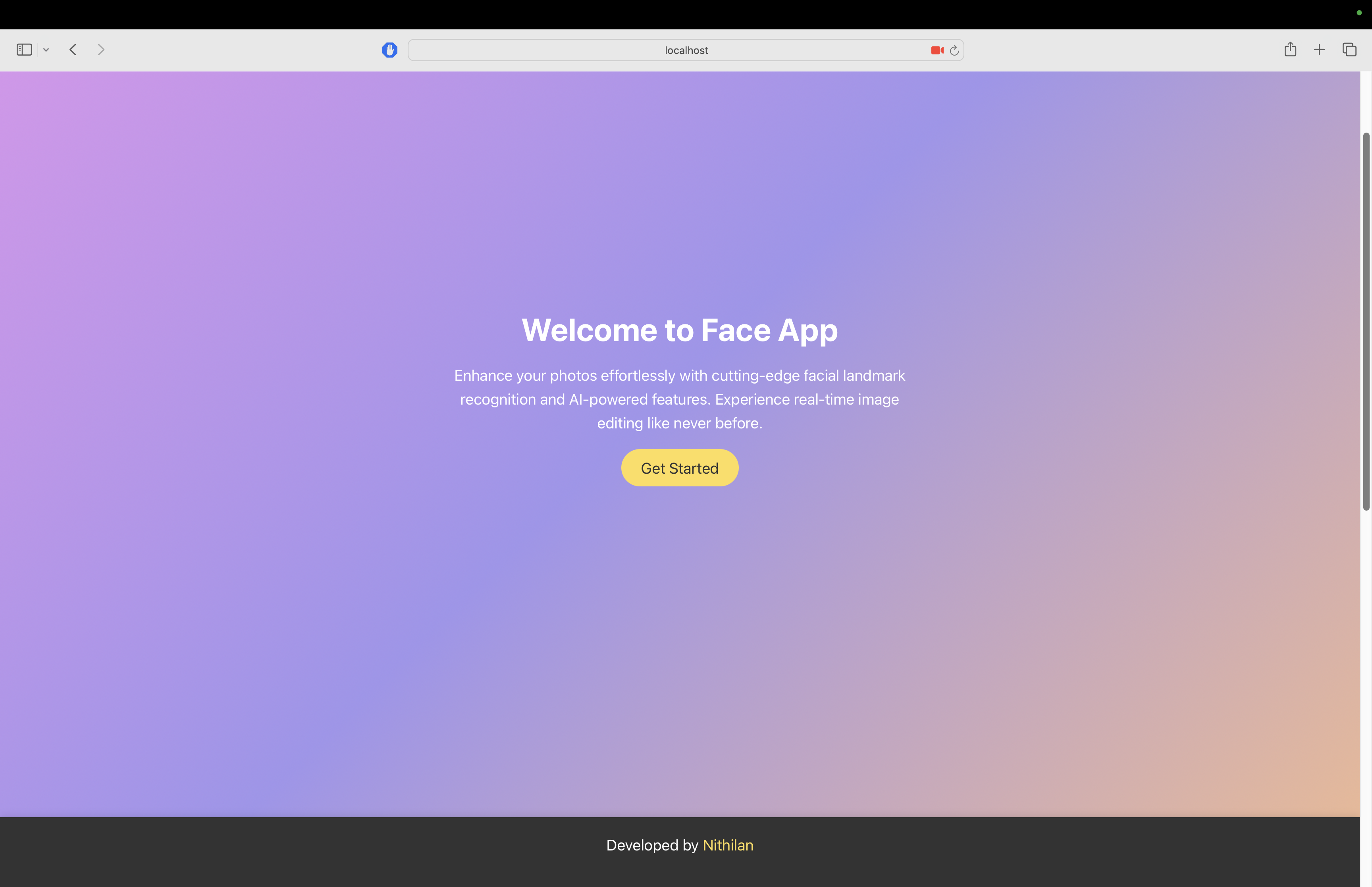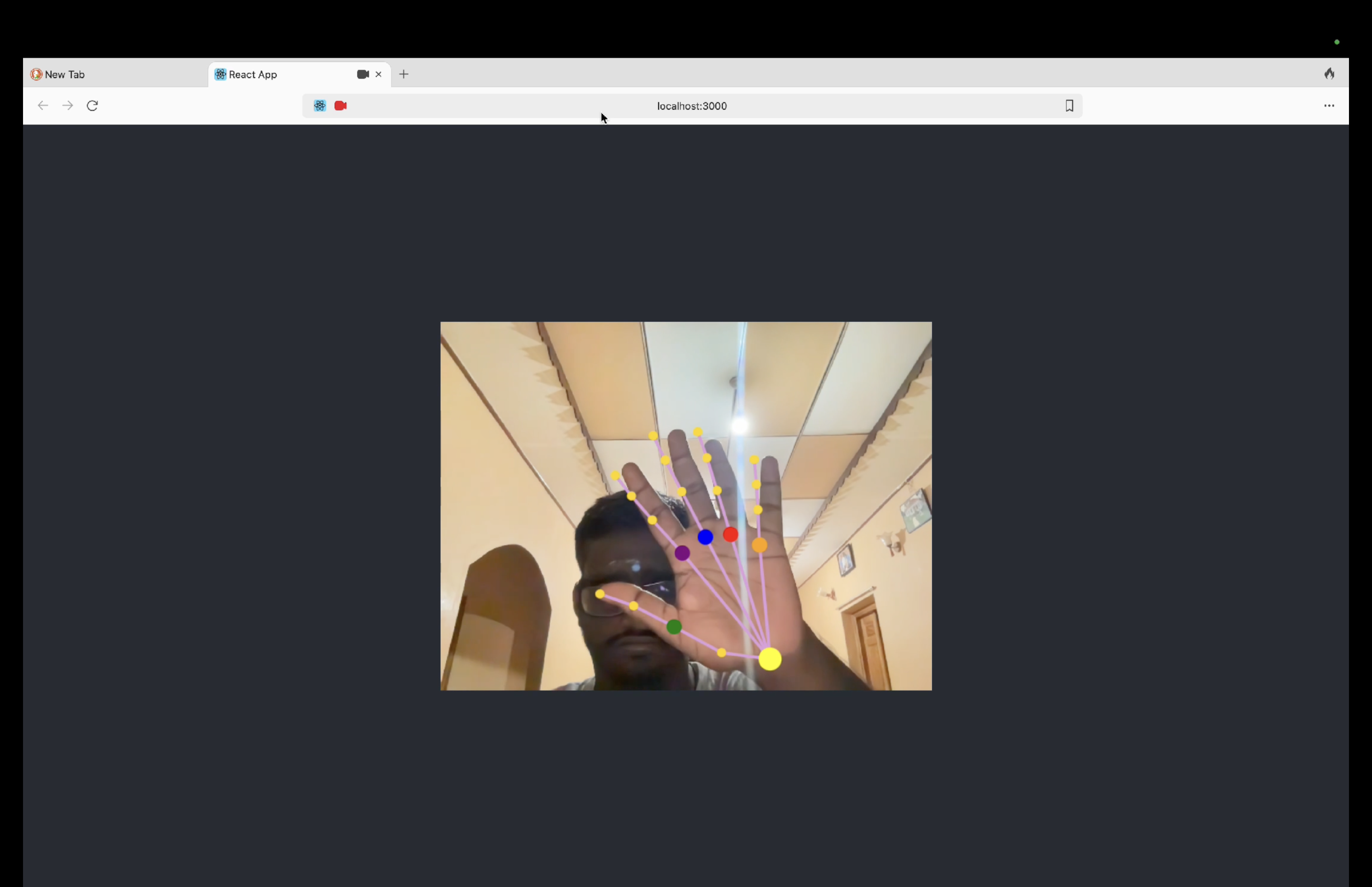Learning Projects
- All Projects
- Machine Learning
- Deep Learning
- LLM & NLP
- Generative AI
- Computer Vision

Diabetes Prediction using Machine Learning
This project aims to predict whether a person has diabetes based on various medical attributes using machine learning techniques. The project utilizes a Support Vector Machine (SVM) for classification, trained on the PIMA Diabetes dataset.

Fake News Prediction using Machine Learning
The goal of this project is to build a model that can accurately predict whether a given news article is real or fake. The project uses natural language processing (NLP) techniques and a logistic regression model to achieve this goal.

Car Price Prediction using Machine Learning
This project is a web application that predicts the selling price of a car based on various features using a Linear Regression model. The application is built with Flask and provides a simple interface for users to input the details of the car and get the predicted price.

Movie Recommendation System Using Machine Learning
This project is a Movie Recommendation System that uses machine learning techniques to recommend movies based on a given input movie name. The system is built with Python using libraries such as Pandas, Scikit-Learn, and Flask for the web application.

Handwritten Digit Generator - DCGAN using Deep Learning
This project uses a Deep Convolutional Generative Adversarial Network (DCGAN) to generate random handwritten digits. The generator model creates images based on random noise, and the Flask web application allows users to generate and view these digits.

Sentiment Analysis on IMDB Reviews with LSTM Deep Learning
The goal of this project is to build a sentiment analysis model that predicts whether an IMDB movie review is positive or negative. The project leverages an LSTM neural network for this task, which is particularly effective for processing sequential data like text.

LankaMate AI Chatbot 🤖 using Gen AI
LankaMate AI is an advanced chatbot application powered by the Gemini 1.5 model from Google's Generative AI suite. The chatbot is designed to interact with users in a conversational manner, answer questions, and provide image insights and text embeddings. The application is built using Python and Streamlit for an interactive and user-friendly interface.

🇱🇰 🔍 LankaDoc Talk
LankaDoc Talk is an AI-powered chatbot application designed to interact with the contents of PDF documents using LLAMA 3.1 with Groq, Retrieval-Augmented Generation (RAG), Langchain, and Generative AI. Users can upload PDF files and ask questions to get relevant answers, making it a powerful tool for extracting and understanding information from documents.

💬 🇱🇰 Ceylon AI Chat
Ceylon AI Chat is an AI-powered chatbot application built using Streamlit and the Groq API. It leverages the powerful llama-3.1-8b-instant model to provide intelligent and contextual responses to user queries. This chatbot blends advanced AI capabilities with a touch of Sri Lankan identity.

DocChat Lanka - File Processor & Q&A System
DocChat Lanka allows users to upload documents (PDFs), and using advanced AI-based models like Meta LLAMA 3.1 and Groq hardware acceleration, it processes these documents into manageable text chunks. You can then query the content of these documents in natural language, and the system will provide responses that are contextually based on the document content. All queries and answers are stored and made accessible via a history feature.

Text-to-Image Generator
The Text-to-Image Generator application allows users to generate AI-driven images based on text prompts. Utilizing FastAPI for the backend and the Stable Diffusion model for image generation, this project provides a user-friendly web interface for creating custom images. It also supports negative prompts, which allow users to specify elements they want to exclude from the generated image.

AI Chat Generator - DialoGPT Generative Artificial Intelligence
This project implements an AI chat generator using DialoGPT, a conversational AI model. The application allows users to have natural conversations with the AI, demonstrating the capabilities of generative language models.
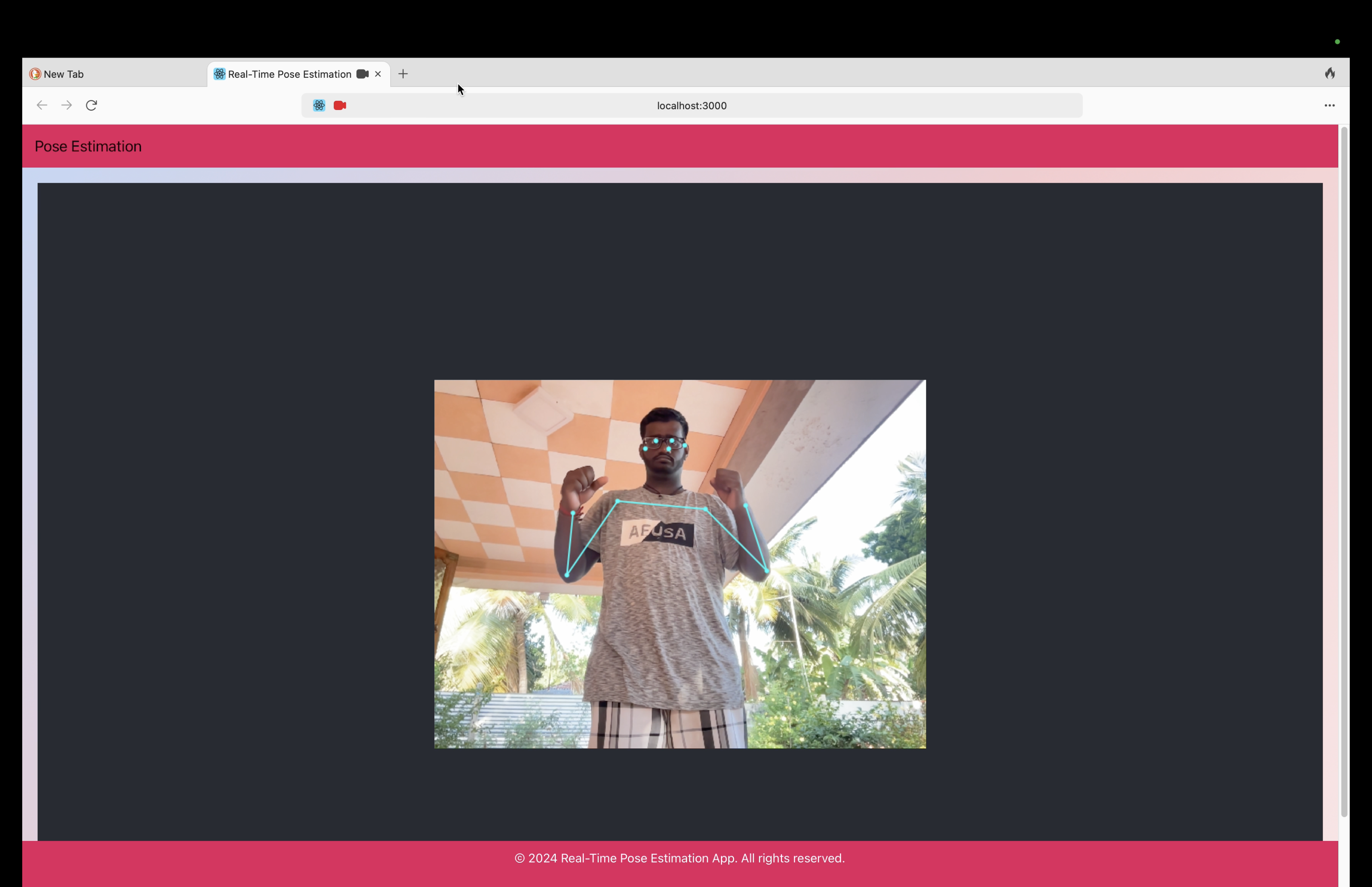
Real-Time Pose Estimation with TensorFlow.js and JavaScript
This project showcases a real-time human pose estimation system built with TensorFlow.js and JavaScript. It uses pre-trained machine learning models to detect key points in the human body and predict poses from live camera feeds, all within a web browser.
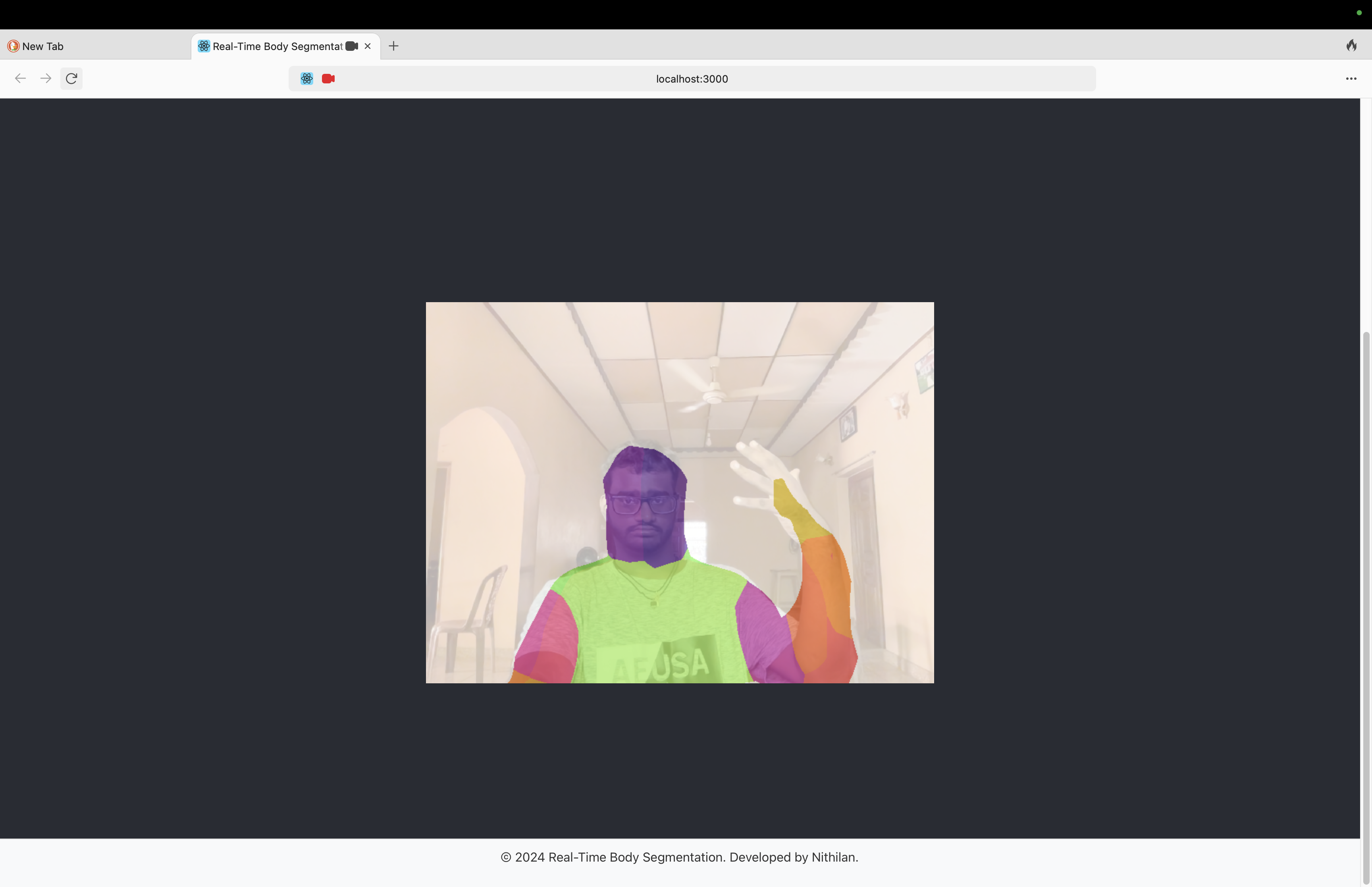
Real-Time Body Segmentation using Computer Vision
This project is a Real-Time Body Segmentation application using TensorFlow.js and BodyPix. It processes live webcam footage and segments body parts in real-time, visualizing them with colored masks. The project uses React for the front-end and Bootstrap for styling.
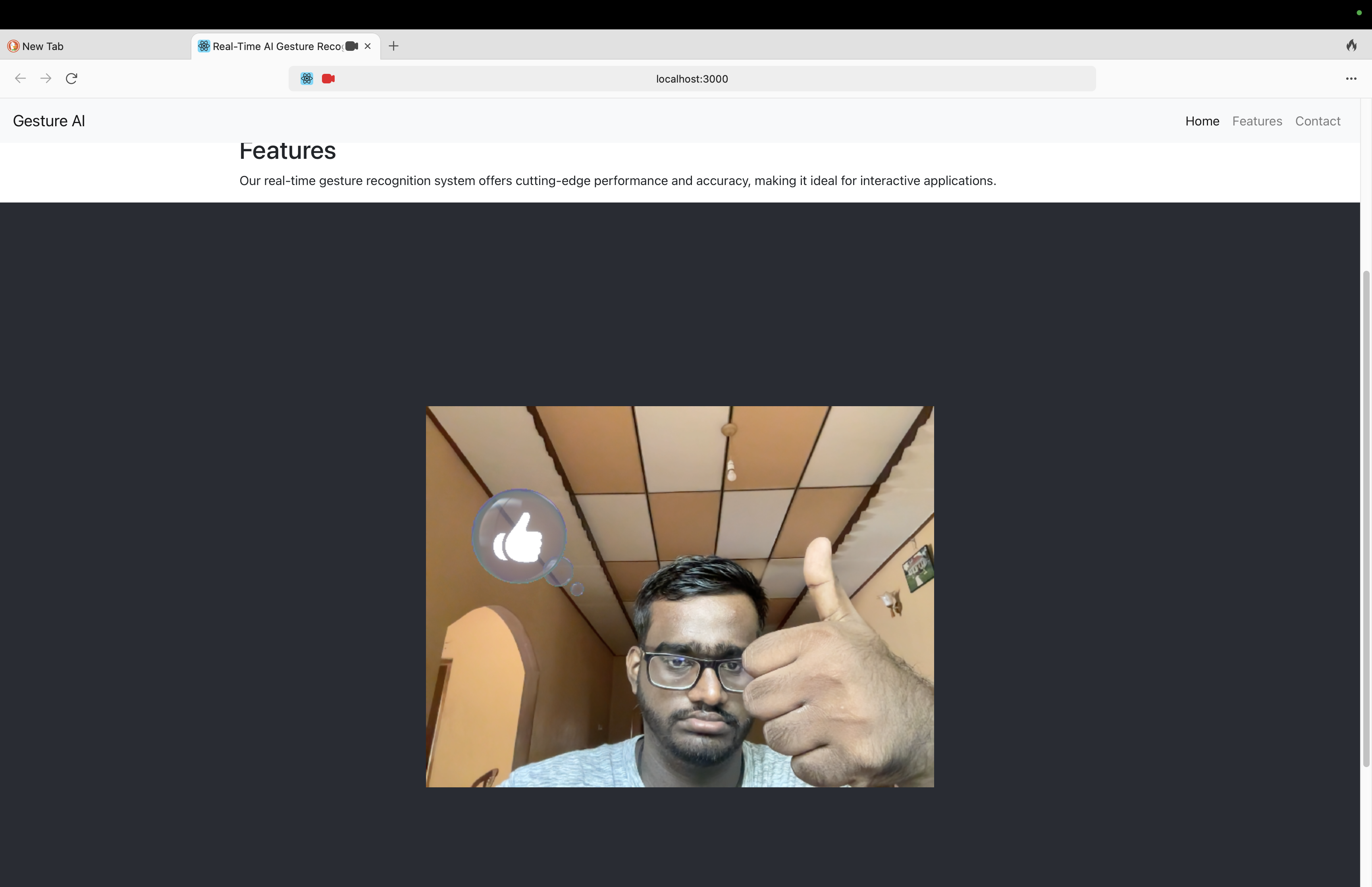
Real-Time Gesture Recognition with TensorFlow.js + React.js + Fingerpose
This is a real-time AI-powered gesture recognition application built using React.js, TensorFlow.js, and Fingerpose. The application uses a webcam to detect hand gestures such as the 'Victory' and 'Thumbs Up' gestures. The detected gestures are then visually represented by emojis.
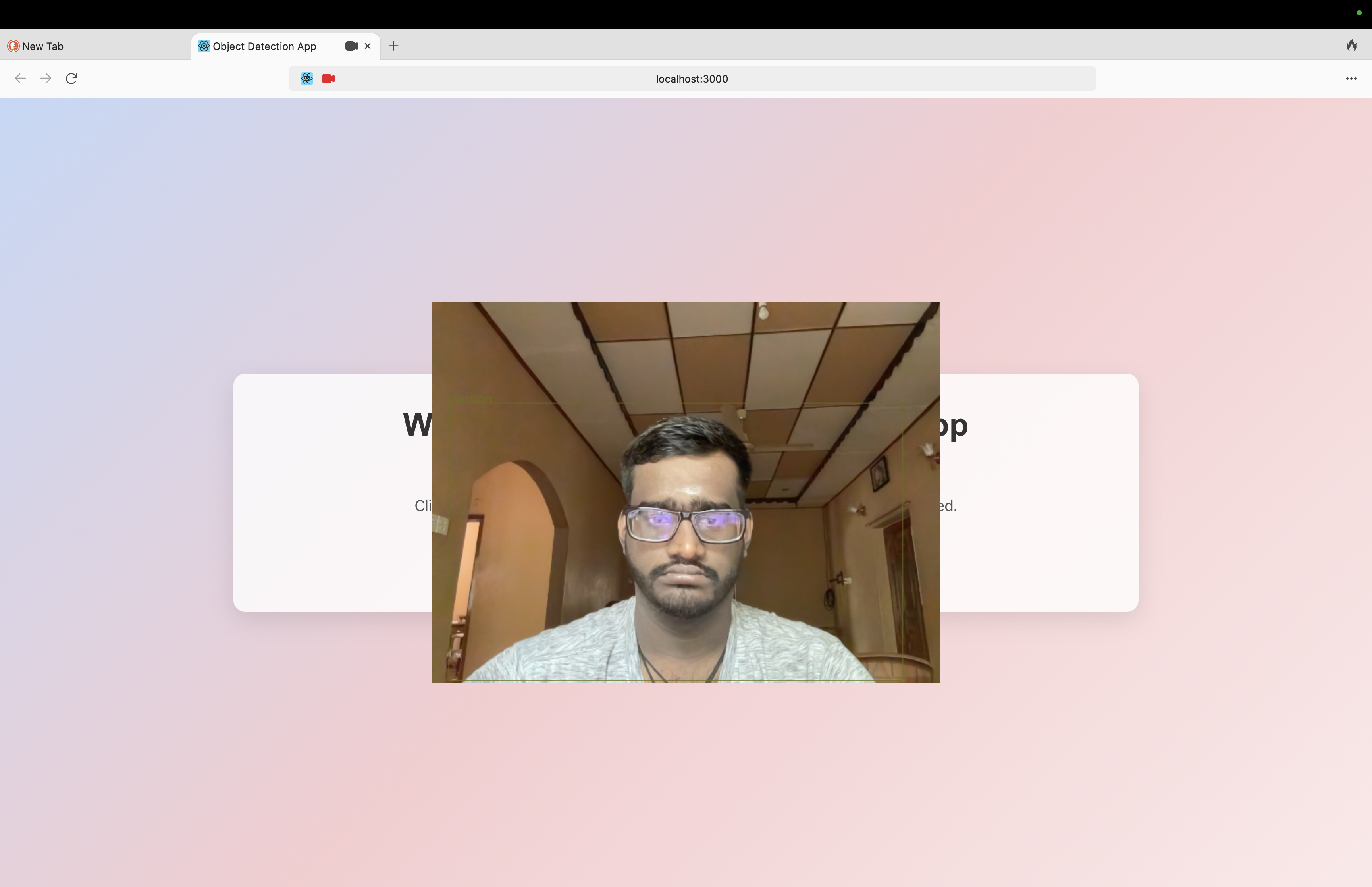
Object Detection App using TensorFlow.js and React.js
This Object Detection App is built using TensorFlow.js and React.js. The app enables real-time object detection using the COCO-SSD model, which can recognize and detect 80 different classes of objects in images or live webcam feeds. The user interface is designed using Bootstrap for a sleek, responsive design with a modern look.
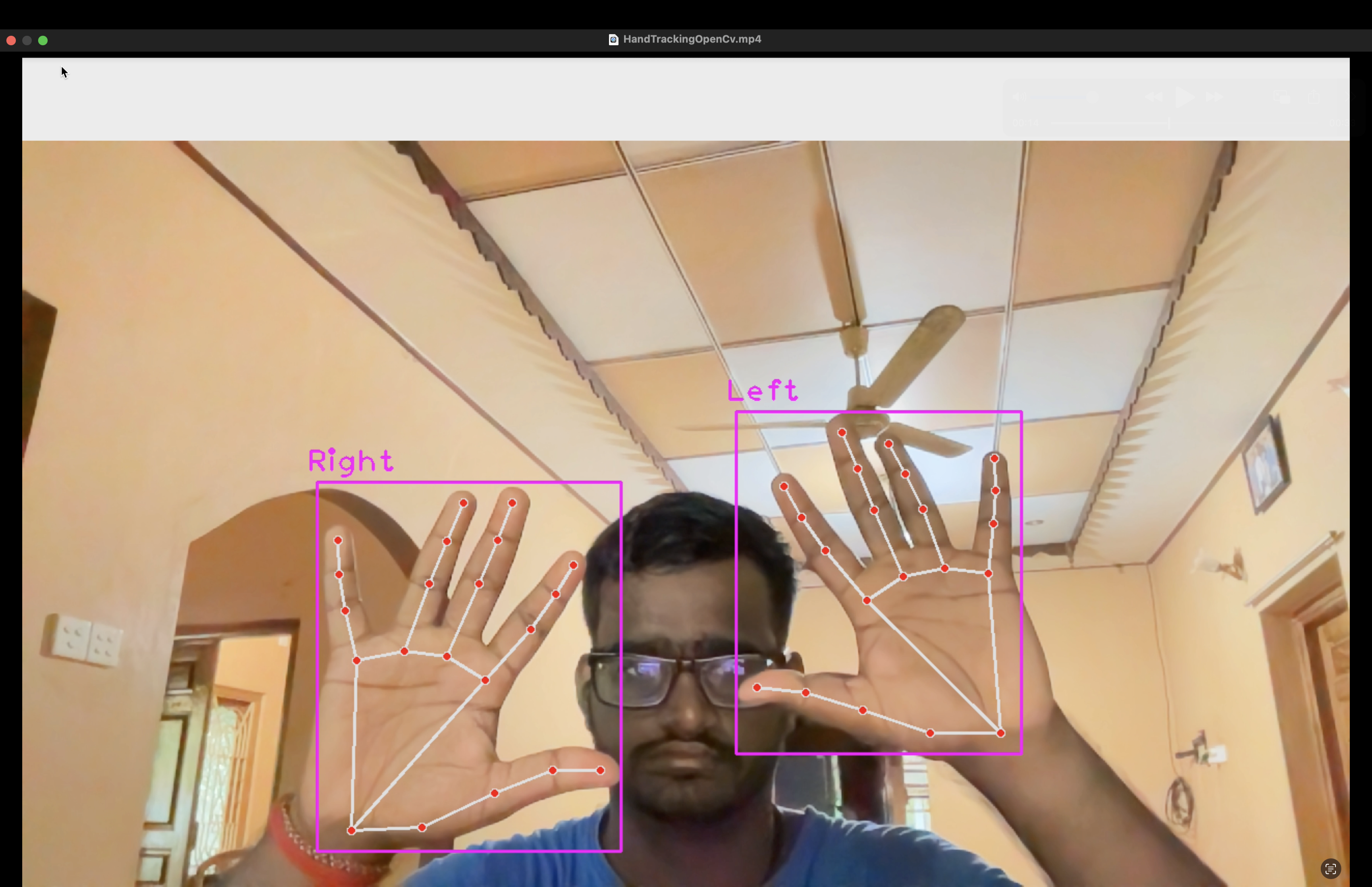
Hand Tracking with OpenCV and Computer Vision
This project demonstrates hand tracking using OpenCV and the cvzone Hand Tracking Module. The system detects the position of hands in real time through a webcam, captures 21 hand landmarks, and sends the coordinates to a server using the UDP protocol for further processing.
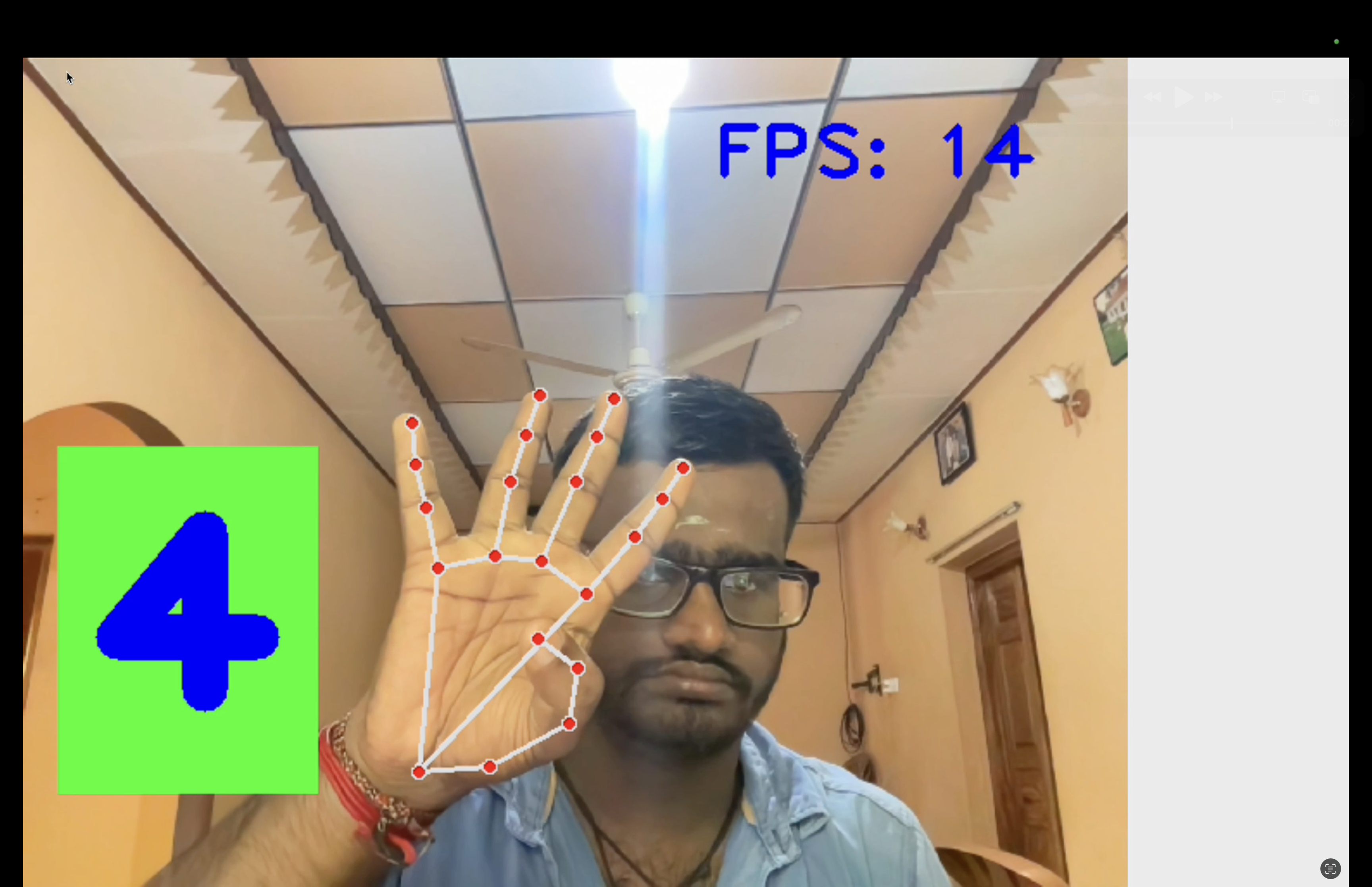
Finger Counter using Hand Tracking Computer Vision OpenCV Python
This project is a computer vision-based finger counter built using OpenCV and a custom Hand Tracking Module. The system detects the number of fingers raised in front of the webcam in real time and displays the corresponding finger count image.
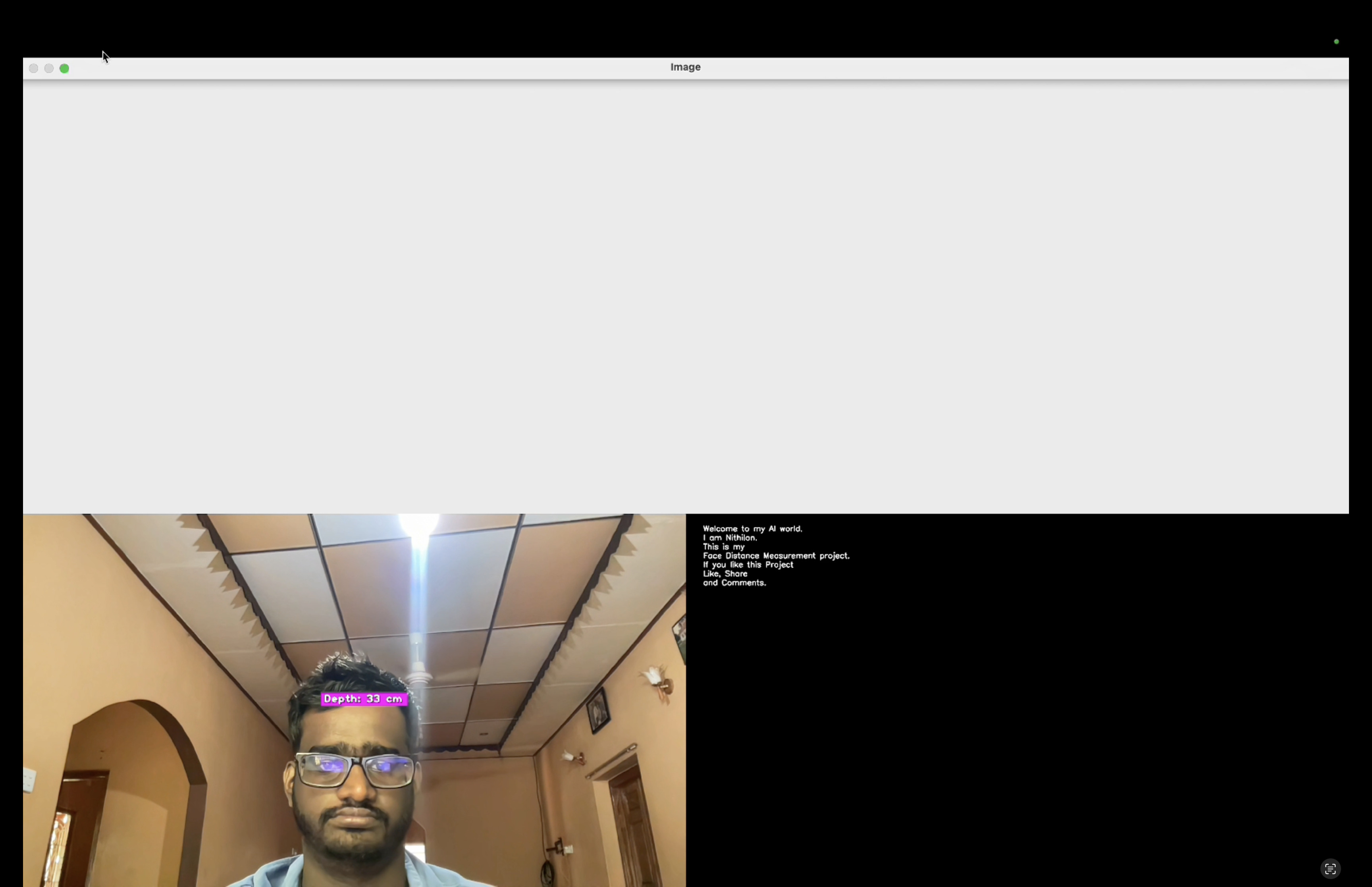
Face Distance Measurement with a Webcam using Computer Vision
This project demonstrates real-time face distance measurement using a normal webcam. The program detects a face, measures the distance between two facial points, and calculates the depth of the face from the camera using computer vision techniques. Additionally, it displays dynamic text messages based on the measured distance.
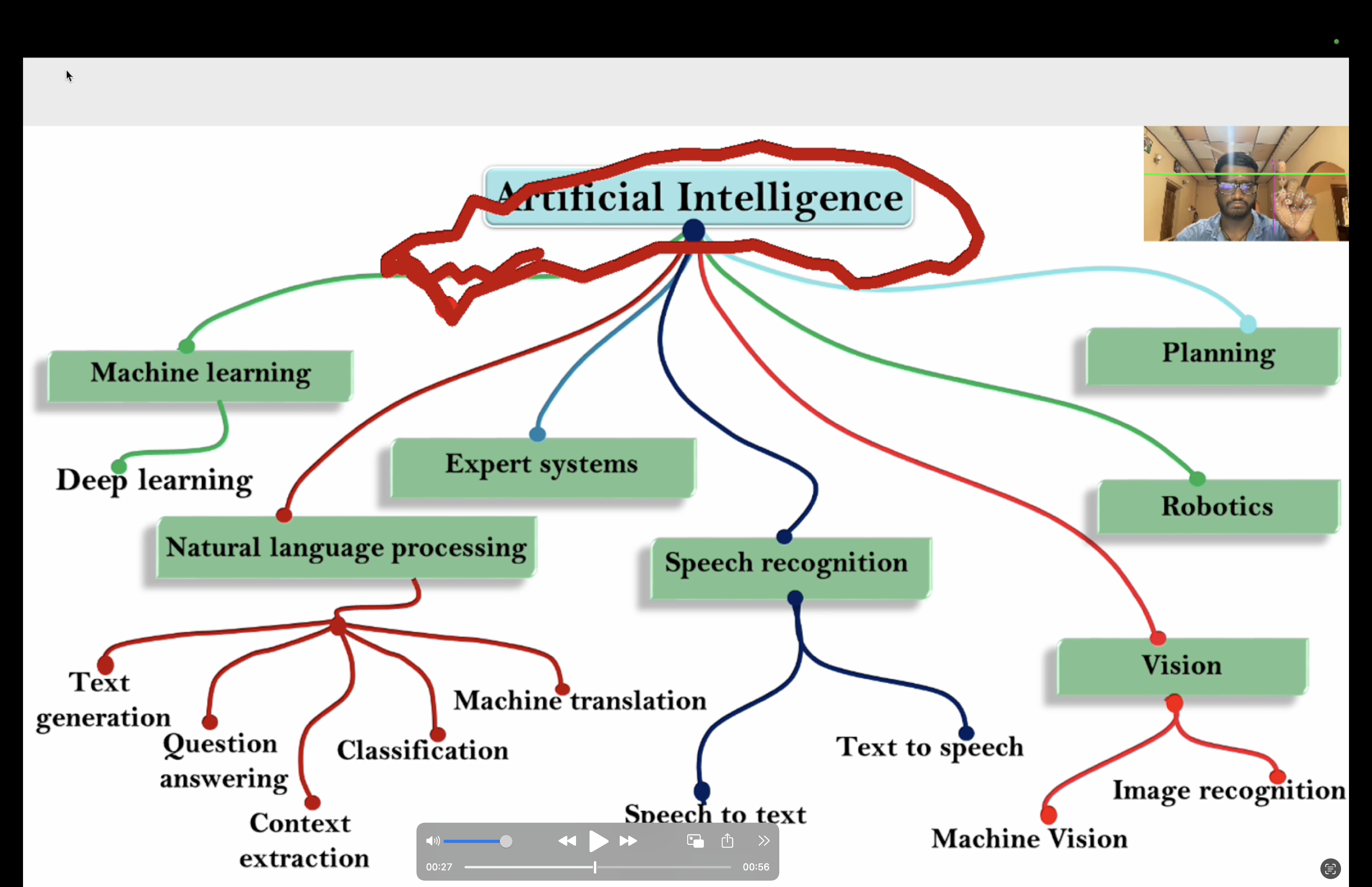
Hand Gesture Controlled Presentation using Computer Vision
The Hand Gesture Controlled Presentation project allows users to navigate through presentation slides using hand gestures. Leveraging computer vision techniques with OpenCV and cvzone, this application enables intuitive control over presentations without the need for a keyboard or mouse.
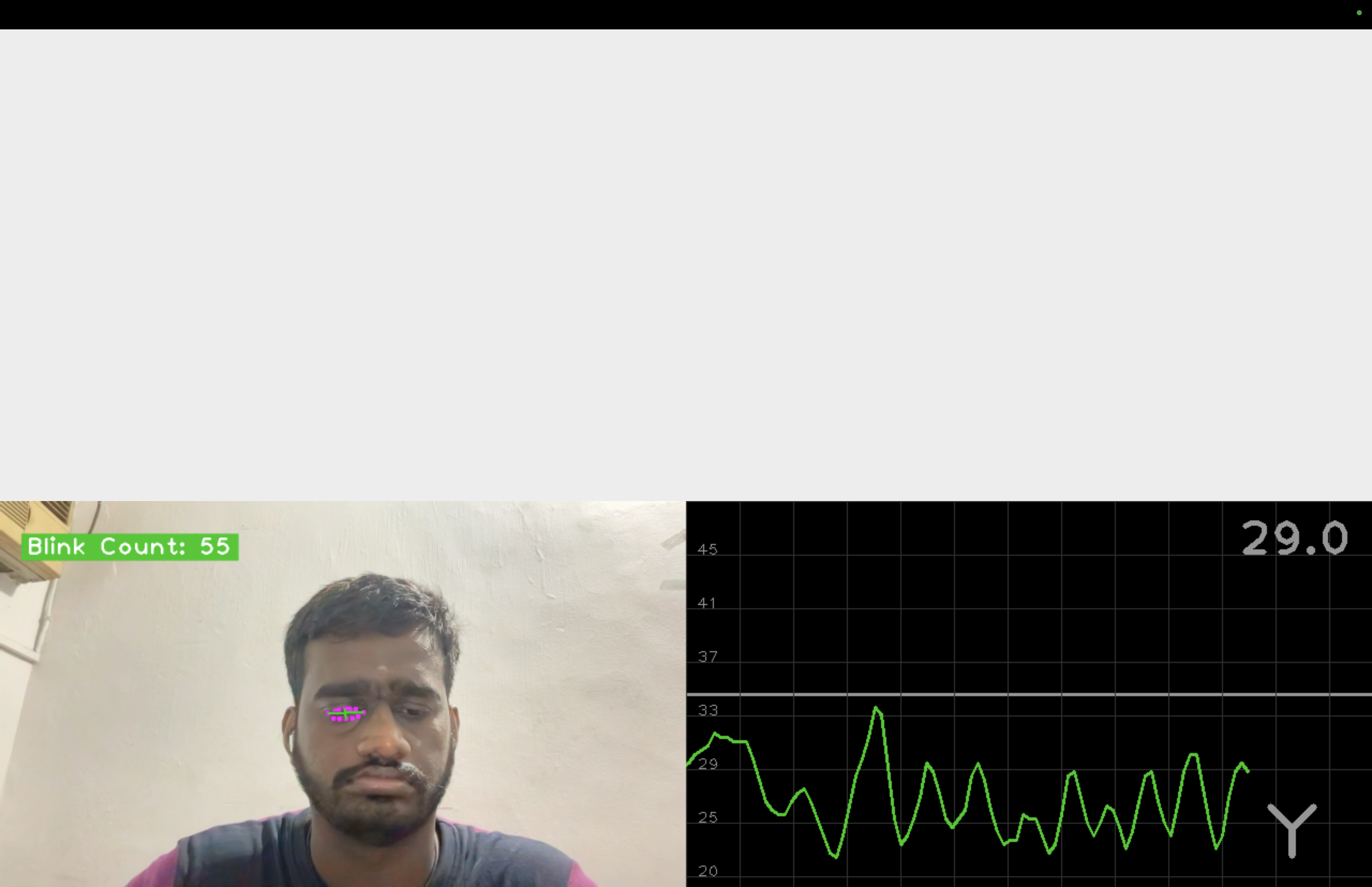
Eye Blink Counter using OpenCV and Computer Vision
The Eye Blink Counter is a computer vision application that detects eye blinks in real-time using OpenCV and the cvzone library. By utilizing face mesh detection, it calculates the blink ratio based on the vertical and horizontal distances between key landmarks around the eyes. This application can be useful for monitoring blink frequency, which can be beneficial in various contexts, such as driver alertness, fatigue detection, or even user interaction in gaming.
















